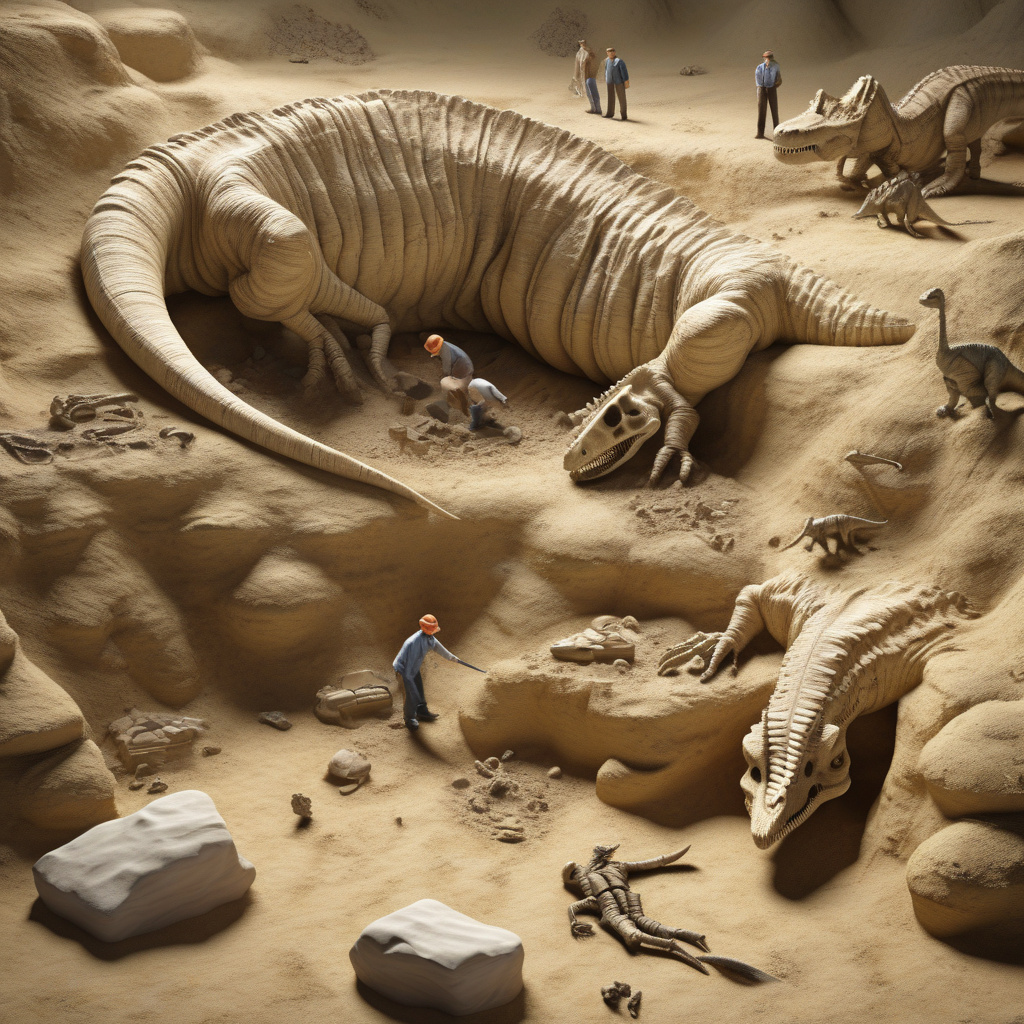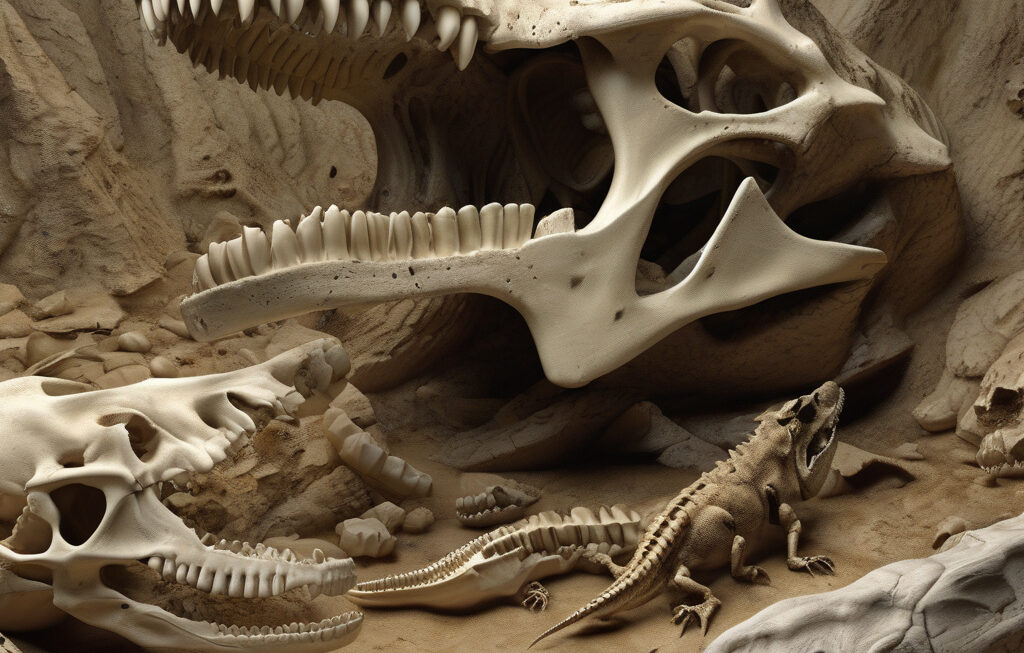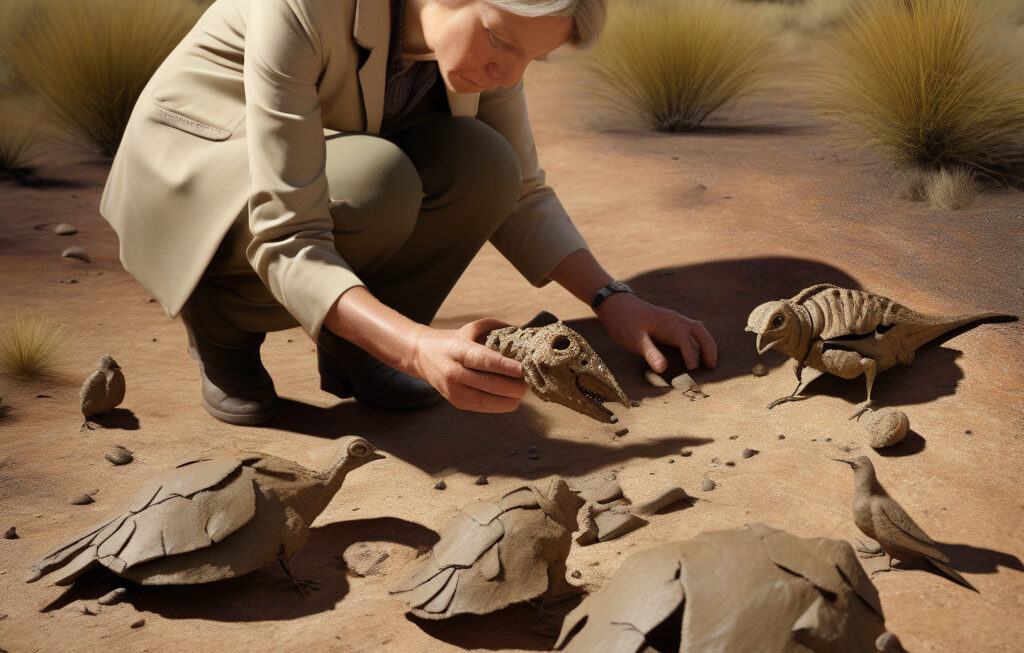A 225 Million-Year-Old Fossil Unveils an Ancient Solution to Quick, Deadly Hunting
A new fossil discovery from Texas sheds light on the repeated evolution of predator jaws. This remarkable find offers a rare glimpse into the distant past, where ancient creatures roamed the Earth with unique adaptations for survival. The fossil, estimated to be 225 million years old, provides valuable insights into how predators developed efficient hunting techniques to capture their prey quickly and effectively.
The fossil, belonging to a prehistoric reptile known as Smilosuchus adamanensis, showcases a set of razor-sharp teeth and a powerful jaw structure. These features suggest that Smilosuchus was a formidable predator, capable of taking down large prey with precision and ease. By studying the fossilized remains of this ancient creature, researchers can piece together the puzzle of how predatory behavior evolved over millions of years.
One of the most striking aspects of the Smilosuchus fossil is its similarity to modern-day predators, such as crocodiles and Komodo dragons. Despite the passage of millions of years, the fundamental principles of efficient hunting have remained largely unchanged. This remarkable continuity in predatory adaptations highlights the success of these strategies in the natural world.
The discovery of the 225 million-year-old fossil also underscores the importance of studying ancient ecosystems to better understand the origins of key biological traits. By examining the fossil record, scientists can track the evolution of predator-prey relationships and gain valuable insights into the dynamics of ancient food webs. This knowledge not only enriches our understanding of the past but also has practical applications in fields such as ecology and conservation biology.
Furthermore, the fossilization of Smilosuchus serves as a testament to the incredible preservation potential of certain geological formations. The fact that delicate structures such as teeth and jaws can survive for millions of years is a testament to the power of fossilization processes. This exceptional level of preservation allows scientists to reconstruct ancient life forms with remarkable accuracy, shedding light on the mysteries of the distant past.
In conclusion, the recent discovery of the 225 million-year-old Smilosuchus fossil offers a fascinating glimpse into the world of ancient predators and their hunting strategies. By studying this remarkable specimen, researchers can unlock the secrets of how predator jaws evolved over time to become efficient killing machines. The continuity between ancient predators and their modern counterparts underscores the enduring effectiveness of predatory adaptations in the natural world. As we delve deeper into the fossil record, we can expect to uncover even more insights into the evolution of life on Earth.
fossil, discovery, predator, evolution, hunting












